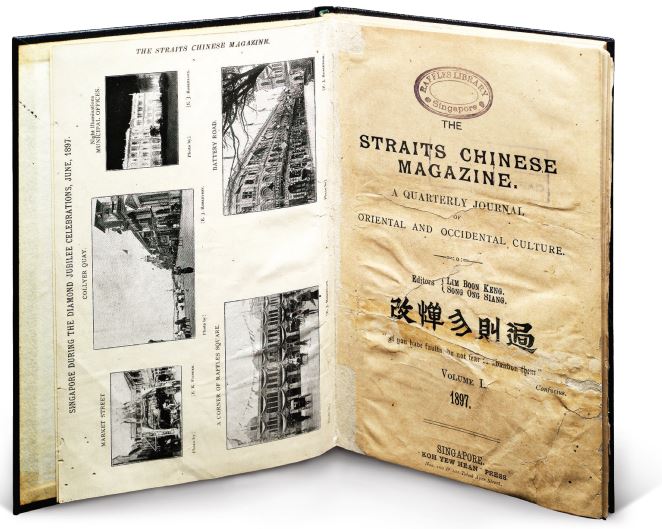Kung Tian Cheng: First Clerk of Raffles Library
In the late 19th century, Kung Tian Cheng helped compile a complete catalogue of the Raffles Library, before going to China to work for President Yuan Shikai.
By Bonny Tan
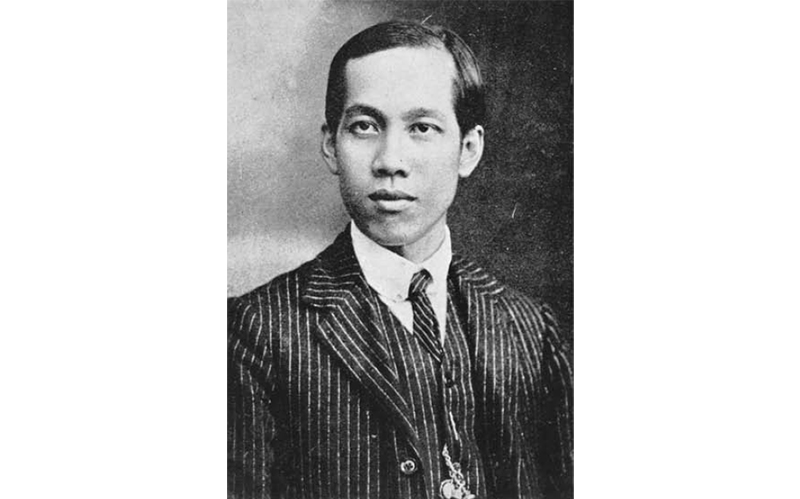
In 1905, the Raffles Library (predecessor to the National Library Singapore) published a 636-page book titled Catalogue of the Raffles Library, Singapore 1900.1 The massive tome reflected the library’s holdings of more than 26,000 volumes, an almost 10-fold increase from 30 years prior.
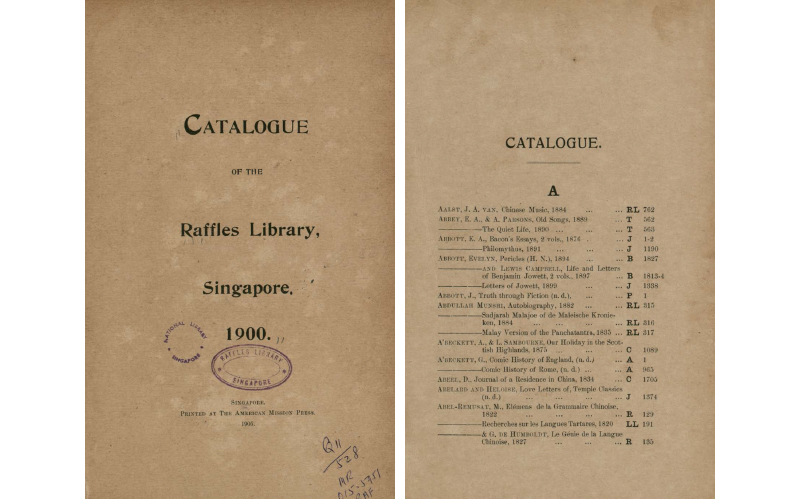
Curator-Librarian Karl Richard Hanitsch emphasised that the compilation of the catalogue “entailed much extra work on the Library staff” and singled out one person in particular: “I must especially acknowledge the excellent work of the First Clerk, Mr. Kong Tian Cheng, whose assistance alone has made the issue of the catalogue possible.”2
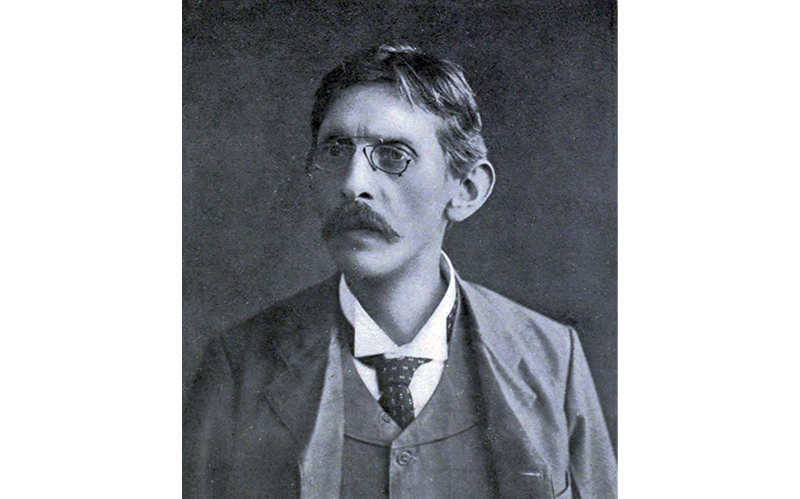
After making his mark at the Raffles Library, Kung headed for revolutionary China in the 1910s where, among other things, he was the biographer and librarian for Yuan Shikai, the first official president of the Republic of China. Such was his fame that Kung merited a write-up in Song Ong Siang’s tome, One Hundred Years’ History of the Chinese in Singapore, first published in 1923.3
A descendant of Confucius, Kung was born in Melaka on 17 June 1879. His father, Kung Chow Ching, moved to Melaka from Yantai (Zhifu), Shandong, in 1876. Kung’s father died a few years after the boy was born and the widowed mother moved to Singapore where she was able to enrol both Kung and his elder brother, Kung Tian Siong, at the newly opened Anglo-Chinese School on Coleman Street.
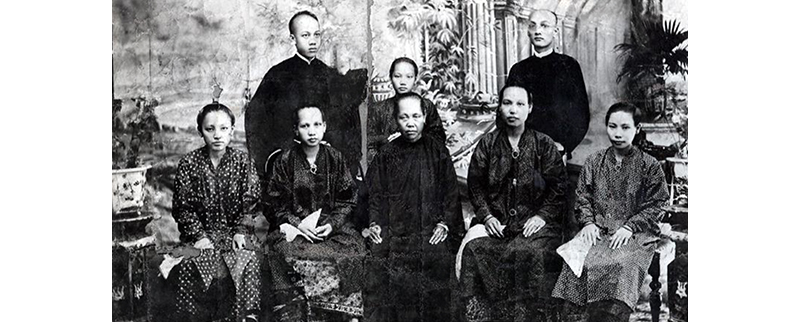
After completing his education in 1895, Kung, then 16, joined the Raffles Library as a Junior Clerk. At the library, Kung was tasked to assist Hanitsch in putting together the Raffles Library catalogue of its complete holdings – a momentous project that involved scrutinising decades worth of past catalogues and carefully taking stock of existing holdings.4
In April 1897, Kung was promoted to First Clerk and his salary was raised from a monthly $15 to $25.5 He began work on the catalogue in September 1898, which was completed seven years later and published as the Catalogue of the Raffles Library Singapore 1900 in November 1905. It is one of the most massive catalogues compiled by the Raffles Library and includes the titles from the Logan and Rost collections acquired in 1880 and 1897 respectively.6
Concurrently, Kung collated the Catalogue of Literature Relating to China Contained in the Raffles Library at the request of Lim Boon Keng, a prominent member of the Straits Chinese community and a Raffles Library committee member.7 This listing focused on works about China held in the Raffles Library and was published as a supplement to one of the library’s catalogues.
In between these projects, the fluently bilingual Kung saw better prospects as an interpreter, at double his salary, working as First Clerk at the Chinese Protectorate in Penang.8 Recently married to Pang Ah Kang, he left the Raffles Library in early 1900 but the overloaded Hanitsch could not do without his competent First Clerk.9
Hanitsch noted that in compiling the catalogues, Kung had “obtained a most thorough knowledge of the Library”.10 He sought to have Kung’s salary raised to $75 a month, which brought Kung back to the Raffles Library in July 1900 as First Clerk. During Hanitsch’s sabbatical between March 1901 and March 1902, Kung covered Hanitsch’s role as Curator-Librarian until Hanitsch’s return.11
Kung was also active in several other institutions, both as a librarian and as a writer. He wrote for the Straits Chinese Magazine, edited by Song Ong Siang and Lim Boon Keng, which served as a platform for articulating the complex identity of the Straits Chinese caught between local and overseas politics.12
Kung first released the Catalogue of Literature Relating to China in instalments in this magazine between September 1899 and the end of 1900. He also volunteered as a Librarian at the Chinese Christian Association from 1898 through to 1905.13
Kung resigned from the Raffles Library on 8 April 1906, purportedly to move into business.14 By 1907, Kung had been appointed guardian and teacher of the sons of Yau Tet Shin, a mining tycoon and famed town builder of Ipoh.15 Kung decided to relocate to India where his young charges were studying. Upon the completion of their studies in India, Yau’s sons returned to Ipoh via Penang in late 1910.16 Kung and his brother headed to China after this.
Throughout his travels in China, Kung would continue to remember the Raffles Library and Museum through donations of rare books, unusual coins and figurines collected from China.17
While in China, Kung became the editor of the Shanghai-based English weekly, the Republican Advocate, in 1912, and the Peking Daily News the subsequent year.18 He was also involved in negotiations between the north and south of China alongside Peace Commissioners during the tumultuous years of 1911 and 1912. In 1913, the Straits Times noted that it was “an open secret that he carried his life in his hand when he was discharging these self-imposed duties”.19
In 1914, Kung was appointed Chief Librarian of Yuan Shikai’s Presidential Library and began writing a biography of Yuan. However, before he could complete the work, Kung contracted smallpox. He died in China on 19 January 1915, five months short of his 36th birthday, leaving behind his wife and three children.20
 Bonny Tan is a former librarian with the National Library Singapore. She writes regularly for BiblioAsia .
Bonny Tan is a former librarian with the National Library Singapore. She writes regularly for BiblioAsia .Notes
-
Raffles Library and Museum, Catalogue of the Raffles Library, Singapore 1900 (Singapore: American Mission Press, 1905). (From National Library Online) ↩
-
Raffles Library and Museum, Catalogue of the Raffles Library, Singapore 1900, Foreword. Today, his name 孔天增 is transliterated as Kung Tian Cheng. For a more detailed account of Kung Tian Cheng’s life and accomplishments, see Bonny Tan, “Kung Tian Cheng: From Confucian Scholar in Singapore to Reformer in the Chinese Republic,” Journal of the Malaysian Branch of the Royal Asiatic Society 96, no. 324 (June 2023): 81–97, https://dx.doi.org/10.1353/ras.2023.a900785. ↩
-
Song Ong Siang, One Hundred Years’ History of the Chinese in Singapore: The Annotated Edition (Singapore: National Library Board and World Scientific, 2020), 719–22. (From National Library Singapore, call no. RSING 959.57 SON) ↩
-
Raffles Museum and Library, Annual Report for the Year 1898 (Singapore: The Museum, 1899), 3. (From National Library Singapore, call no. RRARE 027.55957 RAF; microfilm no. NL3874) ↩
-
“Minutes of the Raffles Library and Museum Committee,” 2 April 1897. ↩
-
Raffles Library and Museum, Catalogue of the Raffles Library, Singapore 1900, Foreword. ↩
-
Raffles Library and Museum, Catalogue of Literature Relating to China Contained in the Raffles Library (Singapore: American Mission Press, 1901). (From National Library Online) ↩
-
K.K. Seet, A Place for the People (Singapore: Times Books International, 1983), 52. (From National Library Singapore, call no. RSING 027.55957 SEE) ↩
-
“Minutes of the Raffles Library and Museum Committee,” 5 January 1900. ↩
-
Raffles Museum and Library, Annual Report for the Year 1899 (Singapore: The Museum, 1900), 9. (From National Library Singapore, call no. RRARE 027.55957 RAF; microfilm no. NL3874) ↩
-
“Minutes of the Raffles Library and Museum Committee,” 1 February 1901. ↩
-
Bonny Tan, “A Magazine for the Straits Chinese,” BiblioAsia 11, no. 4 (January–March 2016): 84–85. ↩
-
Song, One Hundred Years’ History of the Chinese in Singapore, 357. ↩
-
“Untitled,” Eastern Daily Mail and Straits Morning Advertiser, 16 March 1906, 2. (From NewspaperSG) ↩
-
“Social and Personal,” Straits Times, 1 November 1910, 6. (From NewspaperSG) ↩
-
“Untitled,” Straits Times, 24 October 1910, 6; “A Patriotic Chinaman,” Weekly Sun, 5 November 1910, 4; “Social and Personal,” Straits Times, 22 December 1910, 6. (From NewspaperSG) ↩
-
“Chinese Josses – Interesting Additions to Raffles Museum,” Straits Times, 12 September 1907, 7. (From NewspaperSG); Raffles Museum and Library, Annual Report for the Year 1908 (Singapore: The Musuem, 1909), 3. (From National Library Singapore, call no. RRARE 027.55957 RAF; microfilm no. NL3874) ↩
-
Song, One Hundred Years’ History of the Chinese in Singapore, 721. ↩
-
“Mr. Kung Tien Cheng,” Straits Times, 8 October 1913, 10. (From NewspaperSG) ↩
-
Song, One Hundred Years’ History of the Chinese in Singapore, 721; “Untitled,” Malaya Tribune, 6 February 1915, 5. (From NewspaperSG) ↩


